Naypyidaw, An Unconventional Capital
Wednesday, 5th October 2011 by Kyle Kusch
The country of Burma, or Myanmar, isn’t exactly known for its openness. It’s a land dominated by a brutal, secretive, and eccentric military government. In 2005, the government made one of its most curious moves yet when, on 6th November at precisely 6:37 am, it gave its ministerial officials less than a day’s notice that they were to pack up and move to a new capital almost 400 km north of the old capital, Rangoon, under threat of arrest or imprisonment. Five days later, on the 11th day of the 11th month, at 11 am, 1,100 military trucks carrying 11 battalions and 11 government ministries left for the new capital.
It turns out that for some time the government had secretly been constructing a capital in the middle of the nowhere called Naypyidaw (“abode of kings”); a way for the government to escape the congestion and chaos of Rangoon and have a purpose-built capital in which everything would be under their control. Naypyidaw covers a sprawling 4,800 km2 (1,853 sq. mi.) – that’s 78 times the size of Manhattan! It’s spread out like that on purpose in order to keep government officials, labourers, and civilians separated from each other. Walking anywhere conveniently is deliberately impossible.
At the centre of Naypyidaw is the huge government complex,which houses the legislature (Pyidaungsu Hluttaw), the 100-room presidential palace, and the city hall among its 31 different buildings. All are built in a Stalinist style but with Burmese-style roofs.
Going north from the government complex, the various ministry buildings are strung out along a distance of 13 km (8 miles). Each building sits on its own private acreage, and is powered by electricity generated in its own private reservoir. Naypyidaw is the only city in the country with continuous 24-hour electricity.
Housing for workers is carefully assigned according to ministry, rank, and marital status. Government employees live in four-story colour-coded apartment complexes. Fox example, blue apartments are for Ministry of Health employees and green for Agriculture employees. The lower down the totem pole a worker is, the more crowded the neighbourhood gets, such as the oppressive grid formation of Pobba Thiri.
Along with government buildings and housing, the government has spent a large amount of money on civic amenities, museums, sculptures, shopping centres, and ceremonial facilities, such as this large stadium under construction, and a massive shopping mall located across the expressway from the new national parade ground.
One of the most ornate buildings in the new capital is the Uppatasanti Pagoda, completed in 2009. It rises 99 m (325 feet) above the surrounding grassland.
30 km (19 mi) from the centre Naypyidaw – but still within the city – are the Naypyidaw Zoo, the Naypyidaw Safari Park, and the sprawling Naypyidaw Botanical Gardens, all along the shores of yet another of the city’s many reservoirs. If the botanical gardens seem from above as though they’re irregularly shaped, that’s because they’re designed as a scaled-down model of the shape of the entire country.
If a lot of these facilities seem as though they’re designed to attract tourists to the new city, that’s because they are – to a degree. For example, almost all accommodation in the Naypyidaw is restricted to the city’s hotel zone, a string of rather ornate hotels at the southern gateway to the city located along a massive expressway that still manages to have almost no traffic along it; a common theme throughout the city. One expressway connecting the parade ground to the city market is twenty lanes wide.
Tourists and workers alike are completely restricted from the mountain area beyond the botanical gardens, where the country’s top military personnel live in blocks of purpose-built mansions. And nothing tops the palace of the recently retired dictator, Than Shwe.
Despite the massive amount of money poured into Naypyidaw, most of its people remain in slums; Old villages surrounded by the buildings and highways of the city. For example, the headquarters of the pro-military Union Solidarity and Development Party sit across another empty expressway from a rather crowded traditional village. Just one of the many surreal scenes in a surreal place.
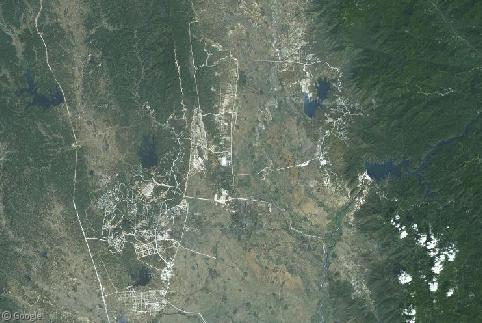
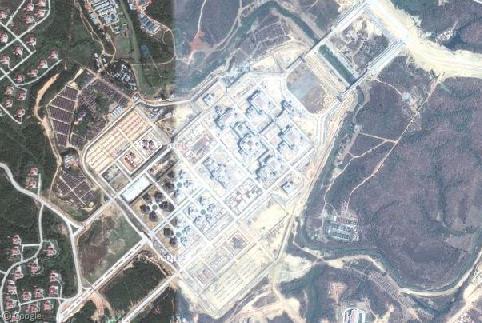
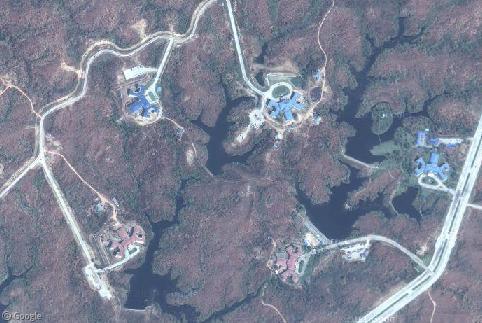
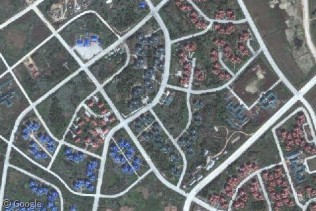
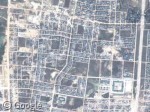
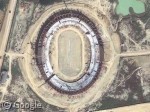
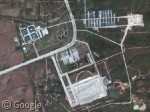
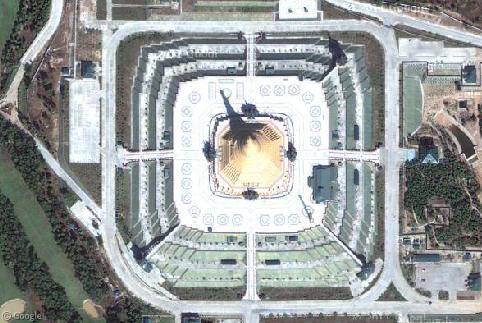
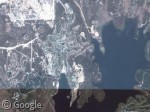
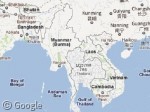
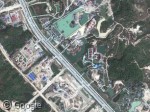
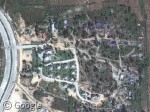
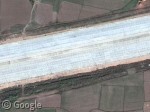
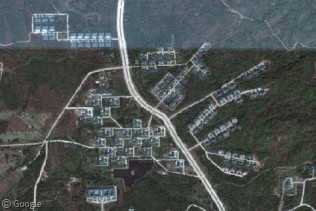
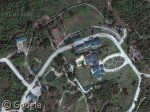
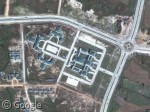
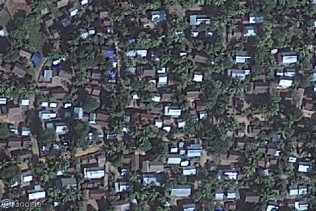
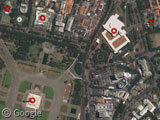
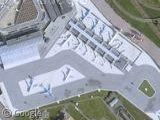
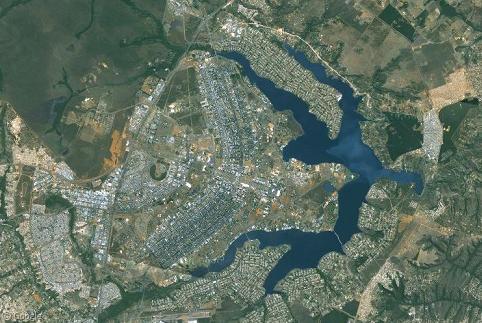
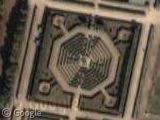
I went through this city twice on my visit to Myanmar. Once I went through it on a northbound night bus that broke down somewhere along that road, and the second on a southbound night train. Both times it was absolutely astounding to see the amount of electricity being used to power the fields and fields of streetlights. Huge grids of mansion sized houses, most of them that looked empty, were on either side of the highway. And those gigantic tourist hotels looked almost frightening. Wish I had gotten a better picture but the only one I got was : http://pics.livejournal.com/plastic_fork/pic/0030c2gq/g103
Special mention should go to the golf course next to the pagoda. The Burmese military do love a game of golf and you can find lush layouts in unlikely locations all over the country. Despots of the highest order.